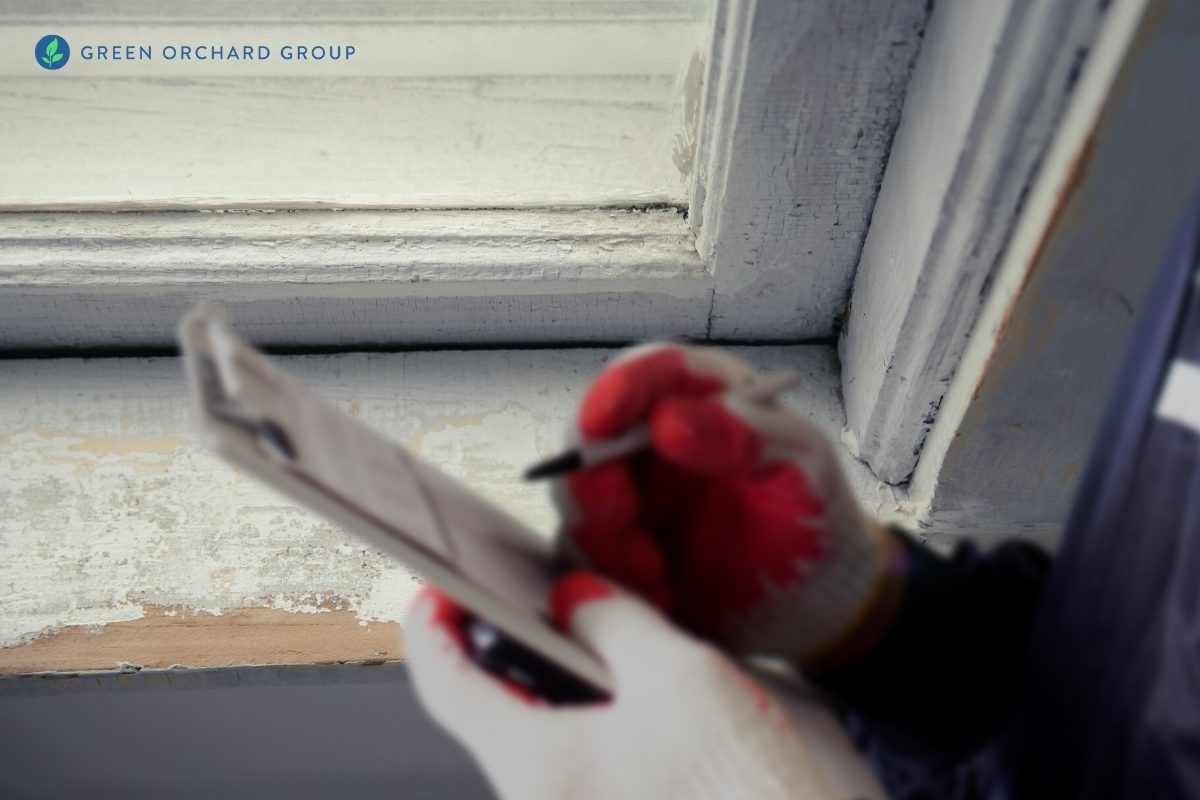Step-by-Step Process for Effective Lead Violation Remediation
Following this, adherence to government and state guidelines is critical to creating an efficient remediation strategy. The actual removal requires knowledgeable workers to implement these strategies while strictly adhering to safety methods. What occurs after the removal is completed?

Discovery and Assessment
Discovery and assessment are important action in the remediation of lead offenses. To guarantee a reliable removal process, it is crucial to conduct a detailed evaluation of the setting where potential lead exposure exists. The preliminary stage of detection includes recognizing resources of lead contamination, which can be found in paint, water pipes, soil, and dirt. Utilizing advanced analysis devices such as X-ray fluorescence (XRF) analyzers and atomic absorption spectroscopy (AAS) can give exact dimensions of lead focus.
This consists of reviewing the extent and seriousness of contamination, as well as recognizing populations at threat, particularly youngsters and expecting women. The collected information should be diligently documented to sustain the advancement of an effective removal method.
Moreover, it is vital to focus on areas with the highest degrees of contamination and those that posture the biggest health risks. Reliable communication with stakeholders, consisting of homeowner, homeowners, and public wellness officials, is crucial for making certain that all celebrations are educated regarding the searchings for and the subsequent actions required for removal. This initial discovery and assessment stage prepares for an effective lead violation remediation procedure.

Legal and Regulatory Conformity
Navigating the landscape of lawful and regulative compliance is a crucial element of effective lead infraction remediation. Conformity ensures not just the security of damaged populations yet likewise the credibility and lawful standing of the organization accountable for remediation. Laws governing lead contamination are diverse, encompassing government, state, and neighborhood legislations. At the government level, the Environmental Defense Agency (EPA) establishes stringent requirements under the Poisonous Compounds Control Act (TSCA) and the Lead-Based Paint Improvement, Repair, and Paint Rule (RRP Policy)
State and neighborhood regulations can vary, typically imposing extra responsibilities or even more rigorous criteria. An extensive understanding of all appropriate legal frameworks is essential. This involves meticulous documentation of all remediation tasks to show conformity. Failing to stick to these policies can result in severe penalties, consisting of substantial penalties, lawful action, and reputational damage.
Engaging lawful specialists focused on environmental regulation can assist in navigating these complexities. Normal training and accreditation for all workers associated with the removal process are also required to make sure adherence to security and regulatory criteria. By prioritizing lawful and regulative compliance, companies can efficiently minimize dangers and achieve an effective remediation important site end result.
Planning the Removal
Properly planning the removal of lead violations starts with a thorough evaluation of the infected site. This data-driven method makes certain that removal efforts are properly targeted and reliable.
As soon as the contamination is mapped, a risk evaluation must be performed to evaluate potential health and wellness threats to human beings and the environment. Lead Violation Removal in NYC. This assessment ought to think about aspects such as direct exposure paths, populace vulnerability, and ecological impacts. The insights gathered will develop the basis for choosing a proper removal approach
Ultimately, establishing clear, possible purposes for the removal task is critical. These objectives should align with regulatory standards and stakeholder assumptions to ensure conformity and area approval. Creating an in-depth removal plan that describes techniques, timelines, and resource allocation will certainly promote an organized technique to the clean-up process.
Moreover, it is necessary to involve with stakeholders these details early and keep clear interaction throughout the preparation phase. This includes informing neighborhood neighborhoods, obtaining required permits, and collaborating with governing companies to guarantee all lawful and step-by-step demands are met. A well-crafted removal plan not only resolves the contamination properly however likewise builds depend on and cooperation amongst all celebrations involved.
Implementing the Removal
With a well-structured remediation strategy in position, the emphasis moves to the real execution of the removal activities. This stage includes setting in motion the necessary sources, including knowledgeable workers, customized tools, and premium products. Begin by plainly defining duties and obligations to guarantee responsibility and seamless coordination amongst staff member.
This consists of setting up control locations to avoid lead dirt and debris from spreading, as well as using air filtering systems to maintain air high quality. Utilize techniques such find more info as wet scuffing, chemical stripping, or encapsulation, depending on the severity and place of the contamination.
Throughout the remediation process, conduct routine assessments and air quality keeping track of to ensure conformity with governing criteria. Effective communication with stakeholders, including building owners and occupants, is important to maintain them educated of development and any type of unanticipated growths. By meticulously following these actions, the removal tasks can be executed efficiently and successfully, ultimately mitigating lead dangers.
Post-Remediation Approaches
Post-remediation approaches play a critical duty in guaranteeing the long-term success of lead violation removal initiatives. These strategies include continuous tracking, maintenance, and area education and learning to stop future lead exposure and guarantee a risk-free atmosphere.
First, normal tracking is vital. This entails periodic screening of the previously influenced areas to guarantee that lead degrees remain within risk-free restrictions. Homeowner should establish a timetable for these examinations, ideally in cooperation with qualified ecological experts.

Third, educating the area plays a critical role in sustaining the advantages of remediation. Homeowners and building managers must be informed concerning the risks of lead direct exposure and the most effective methods for maintaining a lead-safe atmosphere. Workshops, educational pamphlets, and neighborhood conferences can be effective devices for disseminating this info.
Verdict
Successful lead infraction remediation calls for a comprehensive, methodical method incorporating detection and evaluation of contamination, adherence to legal and regulative standards, thorough preparation, and effective implementation of remediation initiatives. This methodical procedure highlights the importance of thoroughness and alertness in resolving and reducing lead contamination.